PAPER CLAY
Paper clay is a composite material formed by a mixture of clay, water and cellulose fibers coming from paper.
What is paper clay ?
Paper clay is a fiberclay processed with cellulose fibers coming from paper. The clay body can be made by earthenware, stoneware or porcelain.
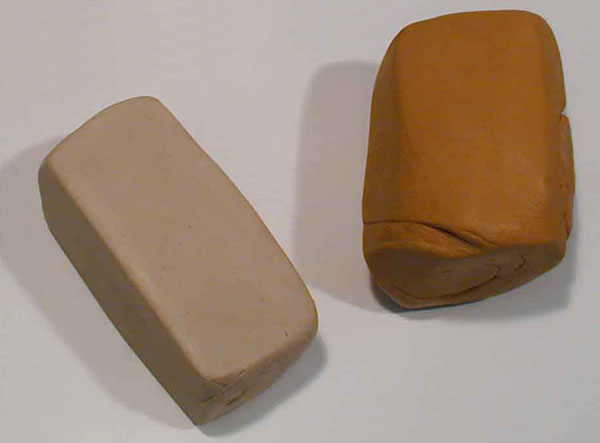
Clay can be found in nature formed by fine particles torn from rocks by erosion. The moving of these particles throughout space and time gives to the clay its specific colours and properties.
The clay used for modelling is freed from impurities and contains the right quantity of water to make it malleable while preserving its shape.
All types of clay are suitable for paper clay.
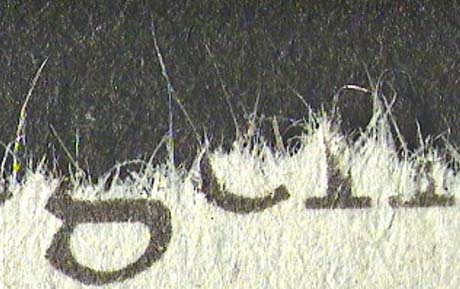
Paper is mainly composed of cellulose fibers coming from plants. The cross section of these fibers is about 0,03 mm for a length between 1 to 3 mm for the most common papers.
The fibers needs to be detached from each other before they are added to the clay by soaking the paper in a large volume of water. The amount of time and energy required depends on the type of paper used.
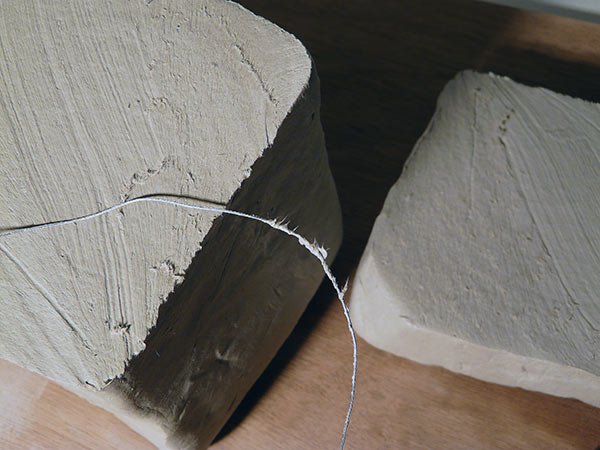
Fibers improve qualities of common clay, the modelling mass and the greenware become stronger and can be worked much more thinly, in drape and transparency.
You can join different elements at all moisture levels : wet on wet - wet on dry - dry on dry.
High or large sculptural pieces can be supported by various materials and paper clay gradually added after hardening.
Paper clay becomes strong after drying so you can handle it easily.
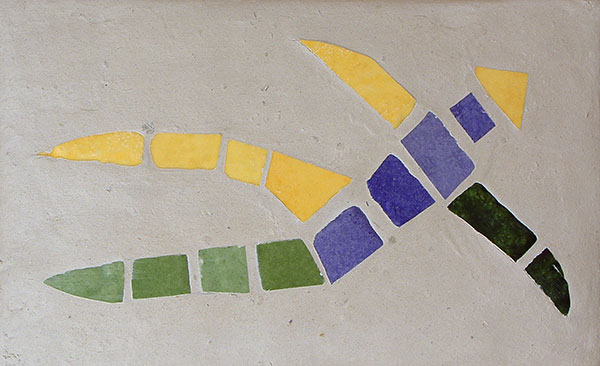
Paper clay is a modelling, filling and covering material. It can be used as it is, combined with any kind of materials for mixed media or enforced by a framework.
The elements of different materials included in the mass and dispersed on the surface are hold in place when drying by shrinkage.
Pieces created with paper clay are lightweight, transportable and recyclable.
Once dry, paper clay is very compact, strong and steady. It can be painted, varnished or patinated.
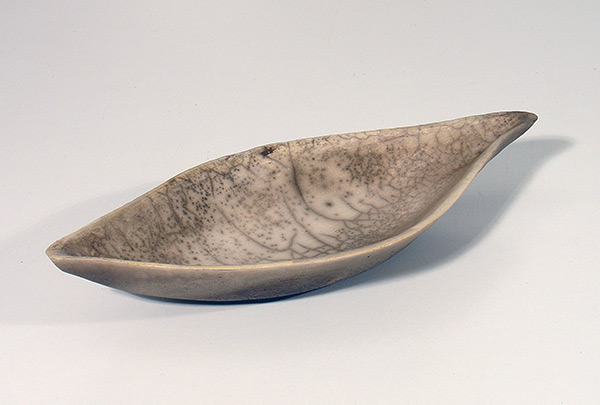
Paper clay can be used for sculptural ceramics. Large, thin and high pieces can be created, as well as more traditional works. Because technical constraints are reduced, paper clay allows more freedom and develops creativity.
All type of clay firing can be applied, especially one-firing glazing and raku. The fibers burn at the beginning of firing and leave a microporous structure that absorbs thermal shocks.
Clay can be found in nature formed by fine particles torn from rocks by erosion. The moving of these particles throughout space and time gives to the clay its specific colours and properties.
The clay used for modelling is freed from impurities and contains the right quantity of water to make it malleable while preserving its shape.
All types of clay are suitable for paper clay.

Paper is mainly composed of cellulose fibers coming from plants. The cross section of these fibers is about 0,03 mm for a length between 1 to 3 mm for the most common papers.
The fibers needs to be detached from each other before they are added to the clay by soaking the paper in a large volume of water. The amount of time and energy required depends on the type of paper used.

Fibers improve qualities of common clay, the modelling mass and the greenware become stronger and can be worked much more thinly, in drape and transparency.
You can join different elements at all moisture levels : wet on wet - wet on dry - dry on dry.
High or large sculptural pieces can be supported by various materials and paper clay gradually added after hardening.
Paper clay becomes strong after drying so you can handle it easily.

Paper clay is a modelling, filling and covering material. It can be used as it is, combined with any kind of materials for mixed media or enforced by a framework.
The elements of different materials included in the mass and dispersed on the surface are hold in place when drying by shrinkage.
Pieces created with paper clay are lightweight, transportable and recyclable.
Once dry, paper clay is very compact, strong and steady. It can be painted, varnished or patinated.

Paper clay can be used for sculptural ceramics. Large, thin and high pieces can be created, as well as more traditional works. Because technical constraints are reduced, paper clay allows more freedom and develops creativity.
All type of clay firing can be applied, especially one-firing glazing and raku. The fibers burn out at the beginning of firing and leave a microporous structure that absorbs thermal shocks.

The book
"Complete Guide to Paper Clay" thoroughly and accurately introduces this versatile material of clay and fibers, and showcases its distinctive characteristics and advantages. Liliane Tardio-Brise illustrates step by step the reactions of paper clay to the usual techniques of ceramics—pinch building, coils, slabs, wheel throwing, etc.
The cellulose fibers in paper clay give it new properties that typical clay cannot attain. Rehydrating paper clay pieces brings back their suppleness and allows them to accept deformations, easily repair cracks, and be built on with new clay pieces.
Paper clay lends itself to all finishes, can be air dried and/or fired, and, because the fibers burn off when fired, finished pieces are lighter and can be built taller and still maintain their stability.
By opening up new possibilities with clay, this book will prove handy for ceramists and creators of all kinds. 152 pages to discover traditional, new and unexpected applications so as works by famous artists.
Publisher Stackpole Books (USA) - ISBN 978-0-8117-7069-9
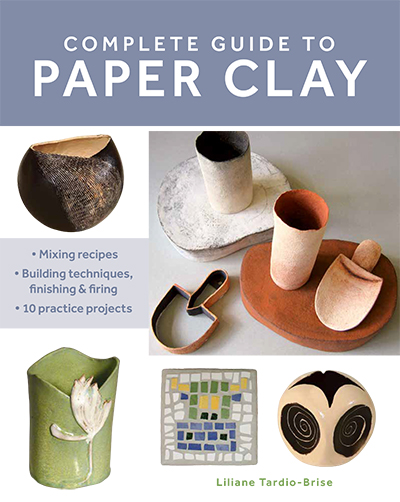

Paper Clay Creations
Supplies
Ceramic suppliers sell paper clay in a ready-to-use form.

How to make your own paper clay ?
Disperse 1 kilo of dry clay in 1 liter of water to obtain a homogenous clay slip.
Dip half a roll of toilet paper in a bucket full of water.
Mix until it breaks down and becomes homogenous.
Add the sieved fibers to the clay slip and mix the paper slip.
Pour the paper slip on a plaster surface and let it stiffen.
Wedge the paper clay to a modelling clay.